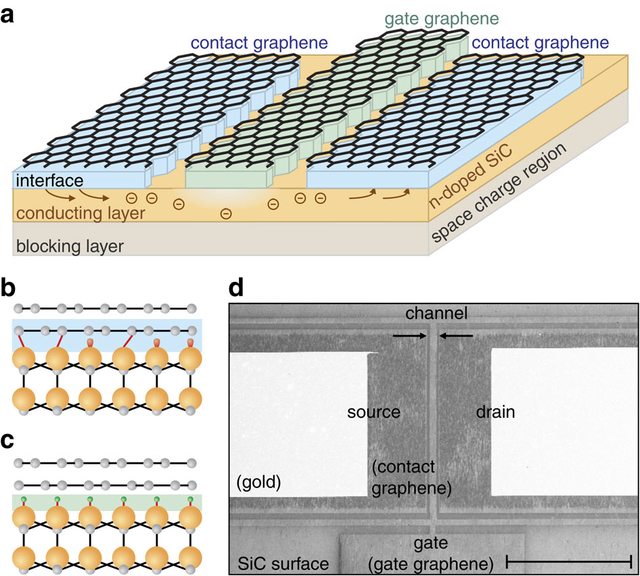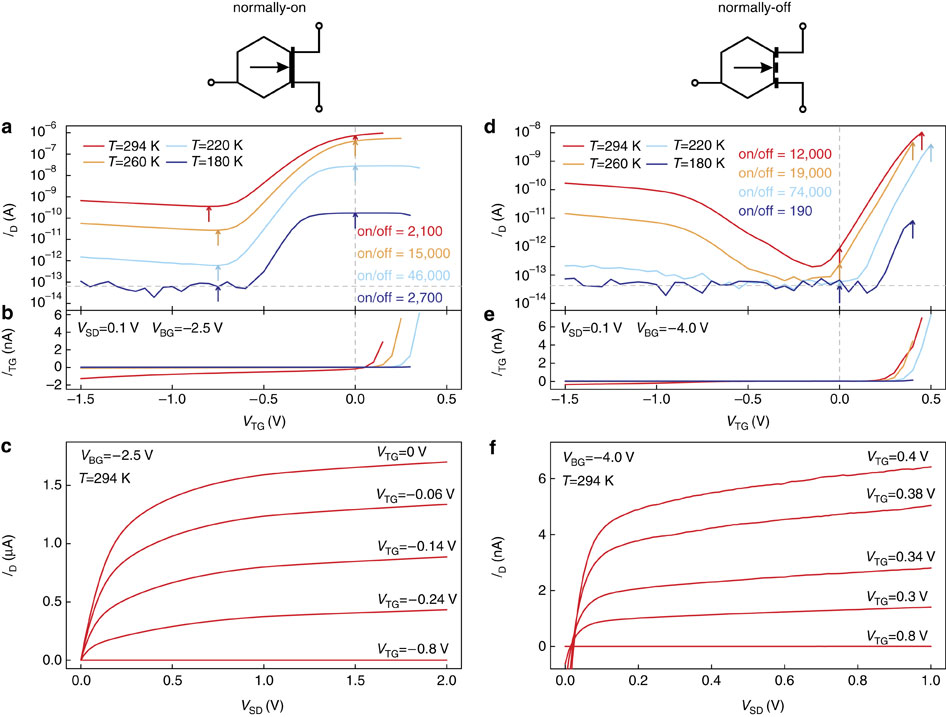Created high-performance graphene transistor

Graphene is a promising nanomaterial for the development of new devices, and events that speak about the progress of its research occur almost daily. German scientists from the University of Erlangen-Nuremberg set a more significant milestone: high-performance monolithic graphene transistors were created by conventional lithographic engraving, which could be the starting point of non-silicon electronics.
Graphene has a number of unusual properties, and among them there is a high conductivity - the highest of the open substances. According to early demonstrations from IBM, graphene transistors can have a switching frequency in the region of 100 gigahertz and up to several terahertz. But graphene does not have a forbidden zone, that is, it cannot open and close under the influence of current or voltage, therefore the creation of a transistor based on it was complicated.
')

Electrical characteristics of a graphene transistor
Scientists were able to overcome these difficulties by burning silicon carbide, during which silicon atoms leave the crystal and leave a layer of graphene. Without a source, drain and gate, this layer is useless, therefore a lithographic mask is immediately superimposed and the control inputs of the transistor are etched by active ions. Another innovation was the launch of hydrogen during the growth of the graphene channel, which turns conductive graphene into gate. The result is a graphene transistor with a conductive layer in the form of silicon carbide and its bandgap.
The researchers carried out their work on a huge scale: each transistor has dimensions of 100 micrometers (100 thousand nanometers), so it’s not possible to check how fast the graphene transistor is, however, according to the report, the current figures correspond to previously predicted data, and some improvements can help increase them at times.
The technology of obtaining a graphene transistor has become a reality thanks to researchers at the university in Germany, and the task of reducing the size and getting workable electronics is only behind large corporations.
An article in the journal Nature
Source: https://habr.com/ru/post/148133/
All Articles